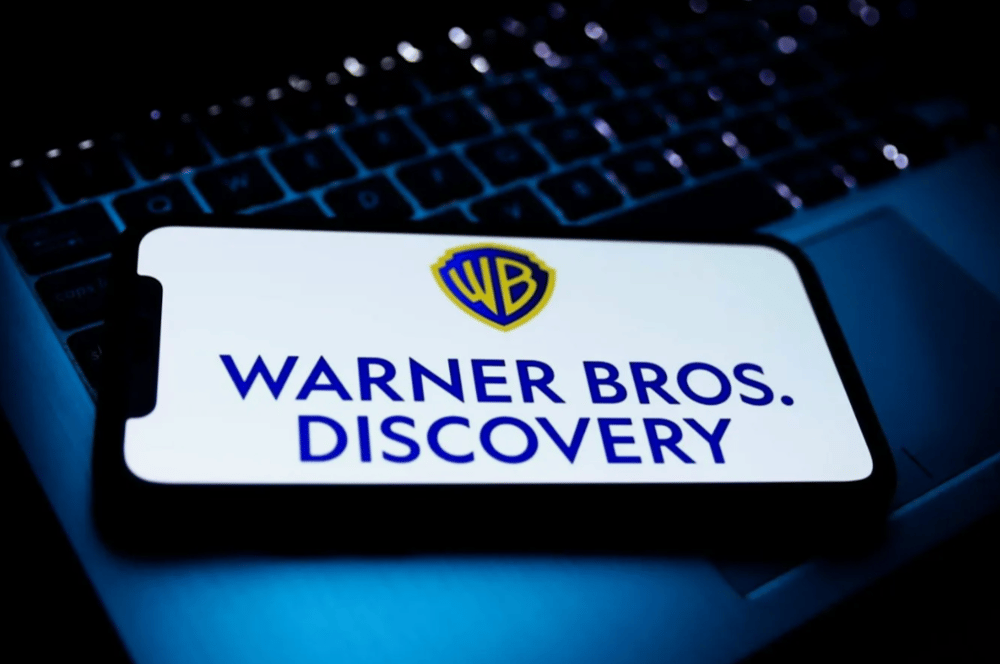Warner Bros Discovery to Split: Streaming and Studio Assets Separate from Legacy Cable Networks
Warner Bros Discovery Inc. $WBD has announced a landmark corporate restructuring that will result in the creation of two independently traded public companies. The move aims to decouple the company’s high-growth streaming and studio assets—Warner Bros, HBO Max, and DC Studios—from its legacy cable networks, including CNN and TNT Sports. This strategic breakup reverses part of the 2022 WarnerMedia–Discovery merger and underscores the shifting priorities of global media giants navigating the digital transformation.
Strategic Rationale and Consequences of the Warner Bros Split
The restructuring comes amid growing investor pressure and structural headwinds affecting traditional media conglomerates. Warner Bros Discovery is responding to the continued decline in cable television viewership and ad revenue by isolating its underperforming assets. In contrast, its premium content portfolio—anchored by HBO Max, Warner Bros Pictures, and DC Studios—remains a cornerstone of the company’s growth strategy in the competitive streaming space.
By separating operations, the firm intends to provide clearer valuation pathways for both entities. The streaming-centric company will inherit the more dynamic and high-potential assets, appealing to growth-oriented investors. Meanwhile, the legacy cable division, although structurally weaker, will retain valuable cash flow assets like CNN and TNT Sports. Importantly, it will hold up to a 20% equity stake in the new media company, preserving alignment without operational integration.
This corporate segmentation reflects a broader media trend toward asset specialization, where companies focus on core competencies—either content creation and streaming scalability or legacy network monetization—rather than sprawling media conglomeration.

Key Facts at a Glance
Split Structure: Creation of two publicly traded companies
Streaming Company Includes: Warner Bros, DC Studios, HBO Max
Legacy Division Includes: CNN, TNT Sports, Bleacher Report
Equity Arrangement: Legacy unit to retain up to 20% in the streaming business
Historical Context: Reverses 2022 WarnerMedia–Discovery merger logic
Strategic Aim: Enhance competitiveness in global streaming market
Market Reactions and Industry Implications
Initial market sentiment has been cautiously optimistic. Shares of WBD reacted positively in pre-market trading, reflecting investor support for the company’s renewed focus on high-growth verticals. Analysts note that the restructuring offers improved operational transparency and segment-specific financial clarity, long requested by shareholders.
The move also raises industry-wide implications. As legacy broadcasters like Paramount Global $PARA and Comcast Corp. $CMCSA face similar strategic dilemmas, the WBD split could serve as a precedent for structural realignment across the sector. The transaction demonstrates that separating fast-growth digital operations from shrinking cable units may unlock hidden value and attract differentiated investor bases.
Commentary from industry experts emphasizes that success will depend on the operational independence of the new entities and their ability to deliver on content performance and distribution innovation. The separation could also facilitate targeted partnerships, licensing deals, or even future spin-offs or acquisitions, especially as the media M&A landscape heats up.

Key Takeaways
Structural Realignment: Two specialized companies allow tailored strategies for divergent asset types.
Investor Clarity: Improved transparency and valuation metrics for both streaming and cable segments.
Growth Focus: Streaming assets gain independence to scale globally without drag from legacy businesses.
Retention of Synergies: 20% cross-equity stake ensures alignment between entities.
Industry Signal: May trigger similar moves among other media conglomerates seeking to stay competitive.
Strategic Significance of the Warner Bros Discovery Breakup
The decision by Warner Bros Discovery to split its media empire into two distinct public companies marks a critical turning point for both the firm and the broader entertainment industry. It signals a departure from media consolidation toward focused value generation. In a landscape increasingly defined by streaming scale and digital agility, the move may provide a blueprint for legacy players looking to reposition in a post-cable world. With key franchises and IPs like HBO, DC, and Warner Bros now unencumbered by underperforming divisions, the company is betting on specialization as the path to long-term shareholder value.















Comments